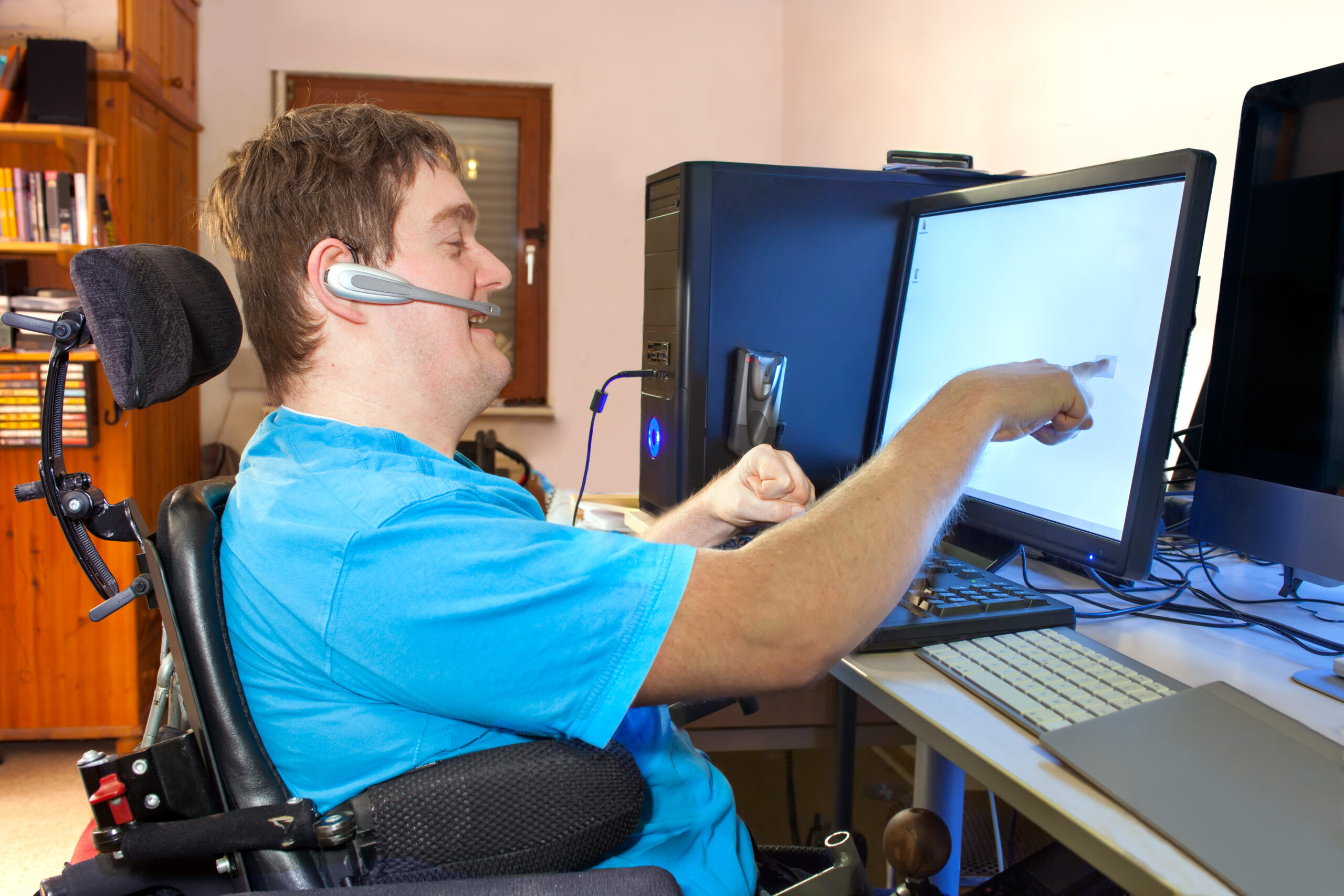Effective communication is a cornerstone for good quality of life. For adults with communication challenges, we can use tools and strategies to optimise communication and enhance quality of life. These tools and strategies can be grouped under the heading Alternative and Augmentative Communication (AAC). In this article we will explore one type of AAC, namely Key Word Sign (KWS). We will explore what KWS is and who benefits from it.
What is Key Word Sign (KWS)?
Key Word Sign is a simplified set of manual signs and natural gestures. Signs are used to represent key words or concepts within a spoken sentence. It is important to realise that KWS is not AUSLAN, even though some Key Word Signs are taken from AUSLAN. There are several key differences between these two sign systems (KWS and AUSLAN):
| Key Word Sign | AUSLAN |
|---|---|
| A communication tool for people with communication difficulties | A language used by Australians that are Deaf or have a hearing impairment |
| To be used to support spoken language | A replacement for spoken language |
| Signs represent key words in a spoken sentence | A complex, fully-fledged language with its own grammar and syntax |
What are the benefits of Key Word Sign?
KWS is a useful AAC tool because it only requires your body, so we always have it with us. We can use KWS in any situation (rain, hail, or shine). It can be learned at any age. It is not expensive to set up or maintain. In short, KWS can can assist anyone, of any age, who faces communication difficulties. Some examples of how KWS can promote communication include:
It is important to remember that communication involves two people. This is critical for KWS, which only works when both people in the interaction know KWS. Therefore, to achieve all of the above benefits of KWS both the person with communication challenges and their communication partners (family, friends, support staff, health professionals, etc) require some training in KWS. This helps to ensure that signs are formed accurately, so we can “speak the same language”.
Communication partners are essential to help people with communication difficulty to expand their sign vocabulary.
Integration with other communication tools
Key Word Sign enhances communication, but we don’t recommend using it alone. Ideally KWS will be combined with other communication tools to cover a full range of needs, from basic requests to complex social and emotional interactions.
Tips for using Key Word Sign

Practice
Practice
Consistency is Key:
Use the same signs consistently to help the person become familiar with and confident in using them. Start by picking one sign to use in a conversation. As you grow comfortable with this sign, build up to use 2 signs in a conversation, then 3..then 4…etc

Support
Support
Work with Others:
Educate and involve other people in the person’s environment ( family members, support staff or other health professionals) so that everyone can use and understand Key Word Signs, creating a more supportive communication environment.

Patience
Patience
Be Patient:
Allow time for the person to understand and use the signs. Communication will improve gradually with patience and practice.
Take home message
Key Word Sign (KWS) is a valuable tool that supports all individuals with communication difficulty. For a comprehensive communication system, we recommend that KWS be combined with other AAC methods. We can all take responsibility for the success of an interaction by learning KWS ourselves. By supporting a person to use KWS in daily interactions, we can enhance that person’s communication and quality of life.



